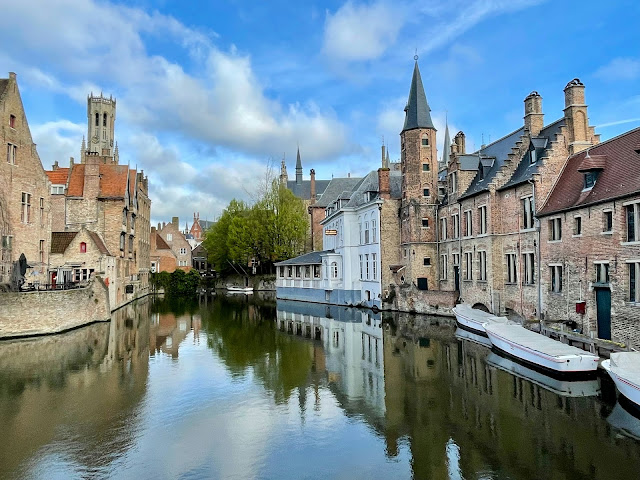Digital Nomadism: How Remote Work is Changing Travel
Digital nomadism is a growing trend in which individuals use technology to work remotely while traveling the world. With the rise of the gig economy and advances in technology, it's now possible for more people than ever before to work from anywhere in the world, as long as they have a reliable internet connection.
 |
| Tea made by brewing over an open fire in the mountains |
In this article, we'll explore how digital nomadism is changing travel and the traditional concept of work. We'll discuss the benefits and challenges of remote work, the types of jobs that are best suited for digital nomadism, and the destinations that are popular among digital nomads.
We'll also look at how the rise of digital nomadism is impacting local communities and the environment, and provide tips for how digital nomads can travel responsibly and sustainably.
Digital nomadism is a trend that is changing the way people work and travel, and is likely to continue to grow in popularity in the coming years. As remote work becomes more common, it's important for travelers to understand the benefits and challenges of this lifestyle, and to take steps to ensure that their travels are sustainable and responsible.
What is remote working and digital nomadism?
Remote working is a work arrangement where an employee or freelancer is not required to work from a traditional office setting, but can work from home, a coffee shop, or any other location as long as they have a reliable internet connection.This work arrangement is made possible by advances in technology, which enable people to communicate and collaborate with their colleagues from anywhere in the world.
Digital nomadism, on the other hand, takes remote working a step further. It's a lifestyle where individuals use technology to work remotely while traveling the world.
Digital nomads typically work as freelancers, entrepreneurs, or in jobs that allow them to work remotely. They may travel to different destinations, work from co-working spaces, and balance work with leisure and exploration.
Digital nomads often seek destinations that offer a low cost of living, good internet connection, and a vibrant community of other digital nomads. They may also prioritize destinations that offer unique cultural experiences, natural beauty, and outdoor activities.
While digital nomadism offers flexibility, freedom, and the opportunity to see the world, it can also present challenges such as isolation, cultural barriers, and uncertainty about income and job security. Digital nomads must also be mindful of their environmental impact and the ethical implications of their travels.
Remote working and digital nomadism are becoming increasingly popular options for people who want to have more flexibility in their work and travel lifestyles.
How do you travel when working remotely?
When working remotely, there are several ways to travel while still maintaining your work responsibilities. Here are some tips for how to travel while working remotely:Choose your destination wisely: Select destinations with reliable internet access, a comfortable workspace, and a conducive work environment. Consider time zone differences and whether you can maintain regular work hours while traveling.
Plan your itinerary: Plan your travel itinerary around your work schedule, making sure to prioritize your work commitments. Build in some downtime for rest and relaxation, but be sure to stick to your work schedule to ensure you meet your deadlines.
Set up a mobile office: Create a mobile office with the tools and equipment you need to work remotely. This may include a laptop, mobile hotspot, noise-cancelling headphones, and any other tools you require to get your work done.
Manage your workload: Communicate with your clients, colleagues, or supervisor to manage your workload and ensure that you can meet your deadlines. Be honest about your availability and limitations while traveling.
Stay organized: Use tools like calendars, to-do lists, and project management software to stay organized and on top of your work responsibilities. Create a routine that works for you and stick to it.
Take breaks: It's important to take breaks from work and enjoy the destination you're visiting. Use your downtime to explore the local culture, try new foods, and participate in activities that interest you.
By following these tips, you can balance your work responsibilities with your travel aspirations, making it possible to work remotely while seeing the world.



Comments
Post a Comment
It's easy to leave a comment on our blog – anyone with a Google account can do it. We invite you to share your experiences by leaving a comment as well.